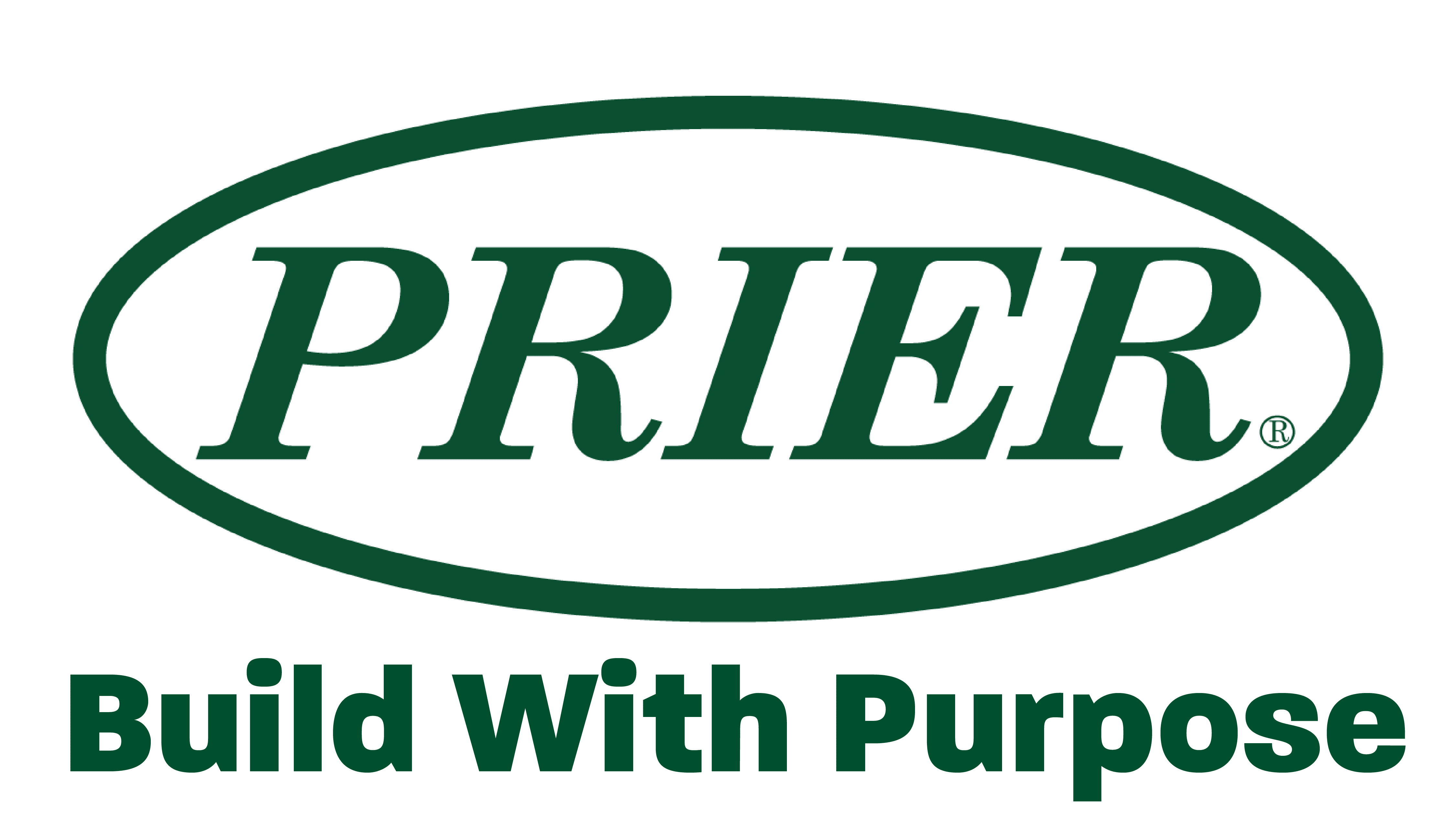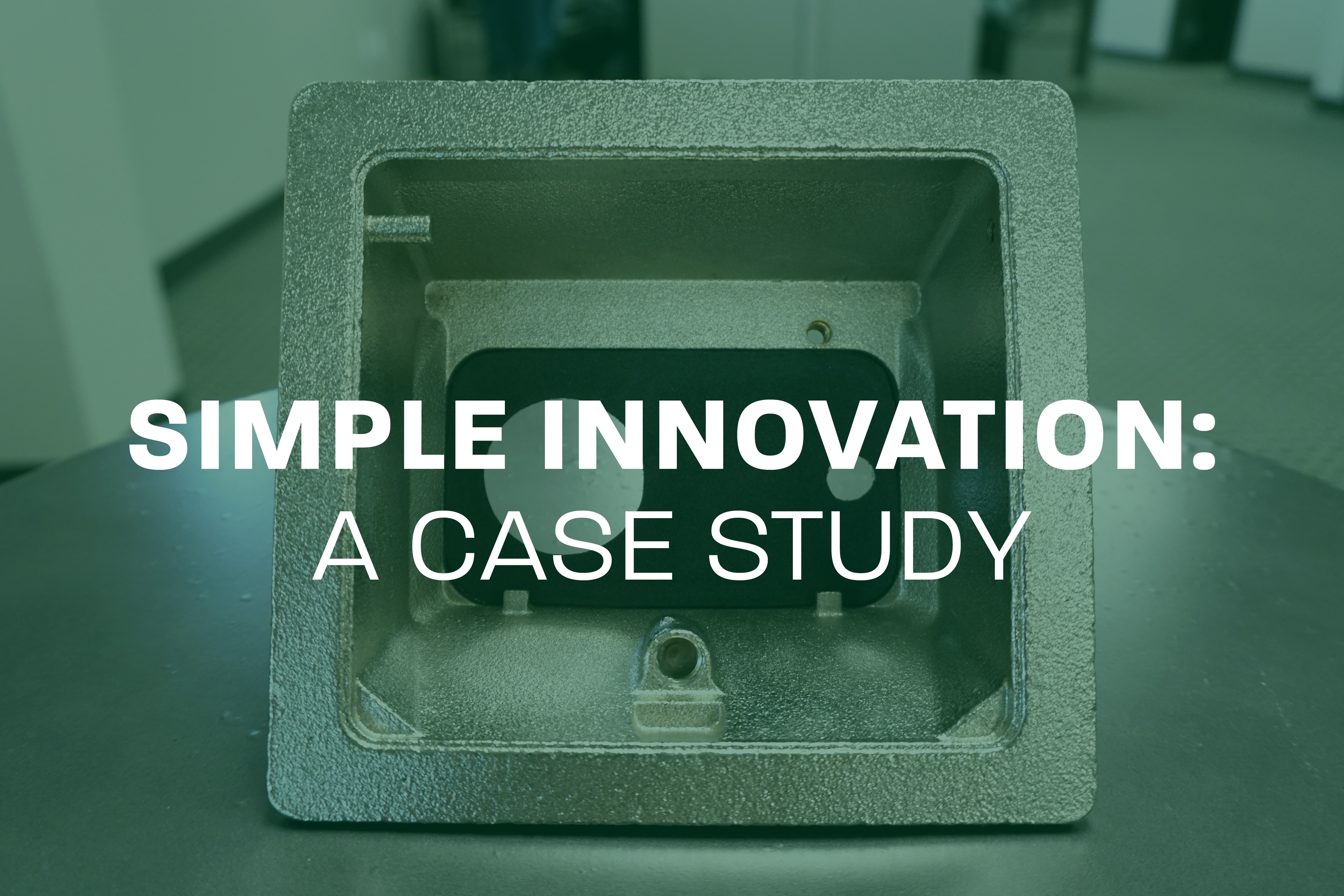It is important to realize that what an organization may care about internally, may not initially mesh with what actually gives that organization the best results. In terms of measuring performance, the key question to ask is, “what metrics bring our customer’s value?” Quite frankly, this will be different depending on your industry and your organization.
For example, at PRIER, our customers value on-time delivery. However, if a customer wants on-time delivery, measuring that is important, but just measuring it will not drive the best possible results. It is much more effective to establish the determining factor for shipping on-time. For PRIER, our shipping processes are fine tuned, so the determining factor to ship on-time is product availability. Therefore, we are continuously measuring product availability through our ERP system that reports all on hand inventory. Then, we use this information along with historic usage and forecasts to create a hybrid push/pull building model. Essentially, our highest volume finished good inventory is “make-to-stock,” whereas our lowest volume inventory is “make-to-order.”In an effort to ensure products are available, we measure production plan completion percentage, cycle time, productivity, and schedule bumping percentage. By working to improve these listed metrics, we can actually control and improve product availability, which drives positive results for on-time shipping.
At PRIER, we have developed controllable metrics for each associate in manufacturing that drive results that our customer’s appreciate. Namely, we aim to increase customer value while driving the cost of goods sold (COGS) down. In an effort to maximize these results, we use a monetary incentive program for the manufacturing department called “Gainshare.” Basically, we identified the key metrics our customers value and determined the driving force behind those metrics. From there, we set goals for those driving metrics that help push our COGS down. Then, we assigned responsibility of those driving metrics to the appropriate party that is able to control the outcome. If our associate exceeds the goals we set, then they are paid a “gainshare” bonus, which can be over 10% of their hourly wage or salary.
If you are contemplating introducing a program like Gainshare, there are a few things of which to make note. For example, at PRIER, there must be a proof of savings due to the improved efficiencies, and half of that savings can be shared with the associate according to the established payout plan. Also, we update our goals and standards quarterly, so we are constantly evaluating how effective we are.
In closing, metrics can be powerful for an organization. The key is measuring the controllable, driving metrics that enhance customer value and save money. When you add an internal incentive to those metrics, the power of the results is amplified and the increased value and additional savings outweighs the increased cost of the incentive by a landslide.
Follow PRIER on: Facebook, Twitter, LinkedIn, Pinterest and YouTube!


